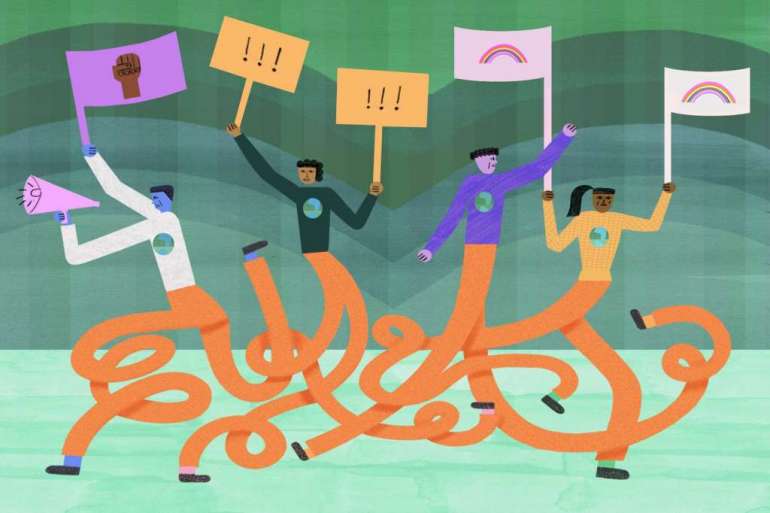Justice or overreach?: As crucial test looms, Big Greens are under fire

But Henn said it’s important to distinguish the grunt work of organizing from “performative solidarity.” He observed too many organizations distracted by “having internal debates about messaging and identity and your positions on different issues.”
Indeed, in this new phase of environmentalism, Big Green organizations are extending themselves into labor rights, immigration, housing and democracy reform. Some groups are aiming to stir millions of latent Democratic voters across the country; to defeat state-level voter suppression initiatives; to make the District of Columbia and Puerto Rico states; to end the Senate filibuster and erode structural imbalances favoring red-leaning states.
“Do you end up taking on so much that you become paralyzed?” Henn added. “Can you actually do the longer, deeper work to build a base that will turn out for climate? That is a challenge.”
Not all donors are on board for the changes.
One former staffer at Earthjustice, which does environmental law work, who was granted anonymity to discuss confidential interactions, said some funders have told the group to stick to what it knows. That person recalled battles with a member of the board of directors when Earthjustice tried to navigate statements on police brutality, where the group sided with “defund the police” activists who wanted to divert police budgets to mental health funding and community resources. Staff drove the shifts from the inside, the person said.
“For the most part, people funding Earthjustice signed up to protect the polar bears, not defund the police,” the person added.
Earthjustice President Abigail Dillen said in a statement that “Systemic racism and social injustice are at the root of the environmental problems we are trying to address,” and that when “we speak out on injustice, and we are explicit with our donors and supporters about why that is mission critical.”
Scott Slesinger, who retired from the Natural Resources Defense Council as its legislative director in 2019, also said some donors pushed back there, as well.
“There’s a little hesitation by groups like NRDC to try to expand” the range of its advocacy, Slesinger said. “It took some education of the contributors that to reach our environmental goals the politics of the moment require us to expand. It was controversial when I left.”
The more familiar path for many donors involves reaching for the political center, and hoping to win over some moderate Republicans. For decades, the Big Green organizations were proudly non-partisan and openly cultivated centrist Republicans. It was a Republican president – Richard Nixon – who signed the bill creating the Environmental Protection Agency.
Under Nixon, in 1970, the first Earth Day drew millions of activists of both parties to the streets, noted Bill McKibben, the environmentalist and author and co-founder of 350.org, which helped organize protests against the Keystone XL pipeline.
But in McKibben’s telling, fossil-fuel companies responded to the environmental reforms of the 1970s by bankrolling Republicans to oppose further environmental action by Congress: The Republican Party left the environmental movement, not the other way around.
“The energy from that [first Earth Day] over the next decade or two coalesced into a bunch of good organizations with big buildings in Washington that were effective lobbyists as long as there was some energy left in that battery that was charged up back in 1970,” McKibben said in an interview. “But batteries run down and the other side got much better at playing this game.”